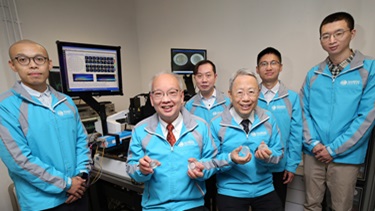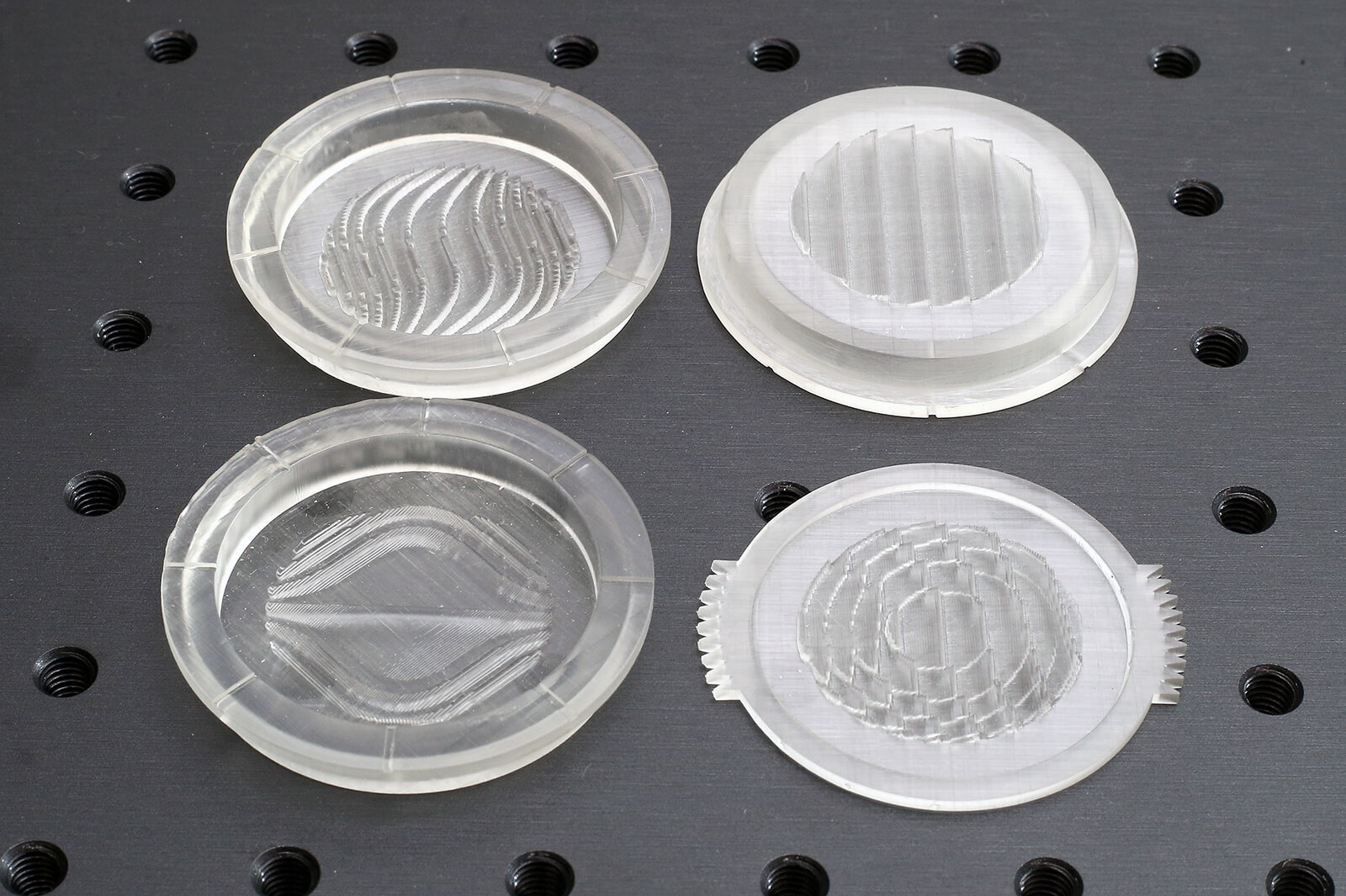Novel terahertz meta-devices accelerate 6G communications

Sponsored by

Sponsored by

Professor Chan Chi-hou (second from left, front row), Professor Tsai Din-Ping (right, front row) and researchers at CityU have developed a novel tunable terahertz meta-device.
The novel tunable terahertz (THz) meta-device that allows for signal delivery to specific receivers is a key focus of attention at CityU.
The widespread adoption of such a device, made using advanced 3D printing technology, has implications for saving energy and protecting privacy. It offers many benefits for 6G communications, wireless power transfer and remote sensing. The low-cost fabrication method is also highly promising for industrial-level components in 6G communication.
During the research, the team demonstrated how rotary metasurface technology can fully control the THz beam’s radiation direction and coverage area based on 6G communication requirements.
The metasurface, which is 30 mm in diameter, comprises over 15,000 artificial minute meta-antennas fabricated through 3D printing. The THz wave can be projected onto an arbitrary spot in a 2D plane or even a 3D space. Only a user located in a specific spot can receive the signal.
“This arbitrary manipulation of the THz focused beams allows the signal to track the specific receivers without wasting power on nearby receivers and impairing privacy,” said Professor Tsai. “The research offers great benefits for advanced communication systems, including security, flexibility, and signal concentration.”
Extensive and accurate computing was required to design the meta-device for focal spot manipulation in a 2D plane and 3D space to produce the precise location of each spot.

The metasurface comprises over 15,000 artificial minute meta-antennas fabricated through 3D printing.
This was the most challenging part of the discovery, the researchers say. They made the varifocal meta-devices by incorporating and rotating several phase profiles, i.e., the cubic, gradient, and focusing phases while performing various projections within two or three meta-surfaces.
As proof of concept, the team used two kinds of varifocal meta-devices to manipulate the wavefront and focus arbitrarily. The doublet meta-device is designed for steering the Airy beam focusing in a 2D plane, while the triplet meta-device is used for manipulating the Gaussian focal spot in 3D space.
Professor Chan Chi-hou, Chair Professor in the Department of Electrical Engineering